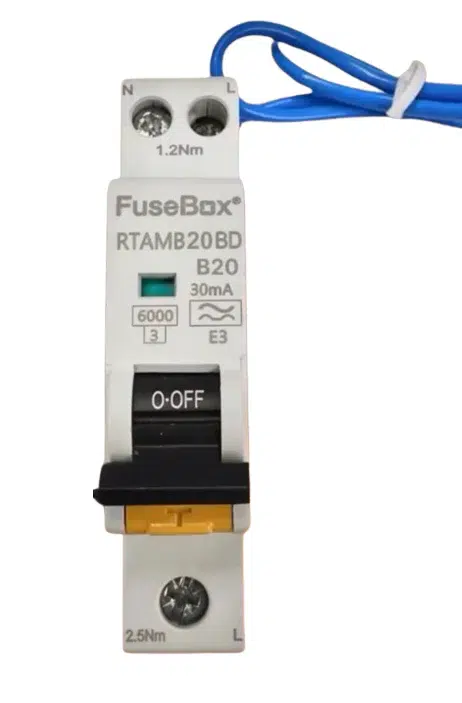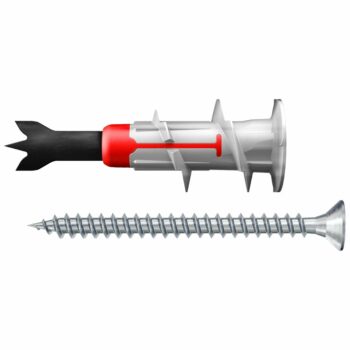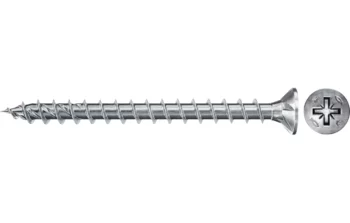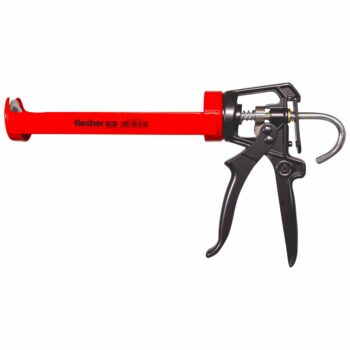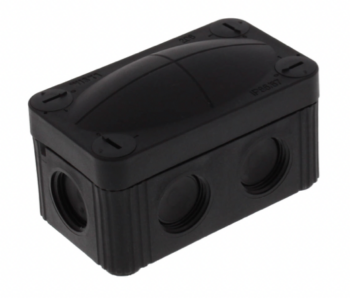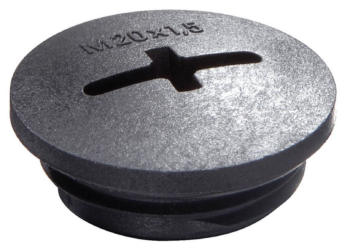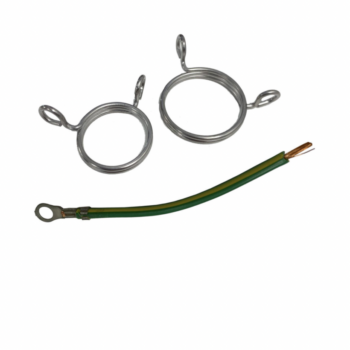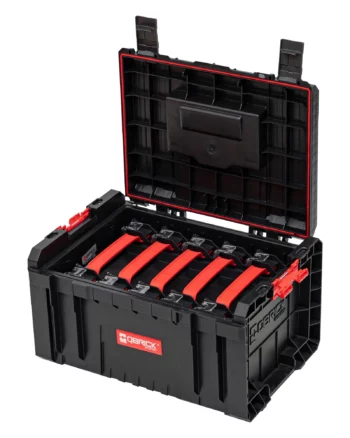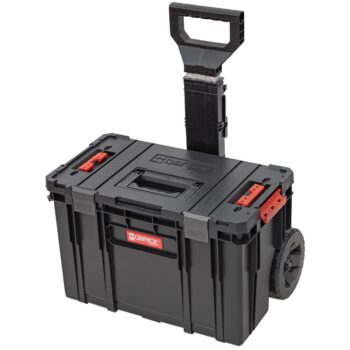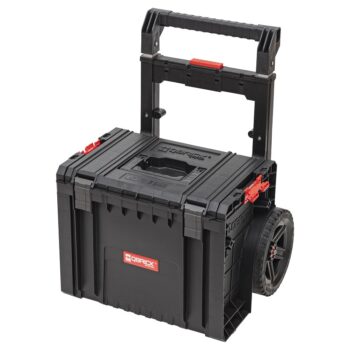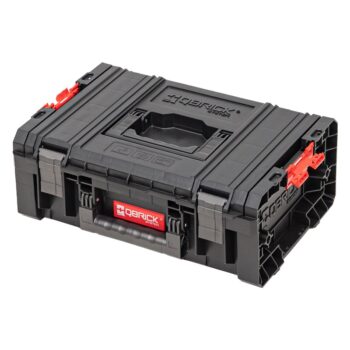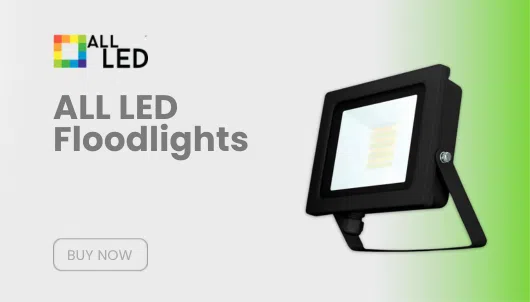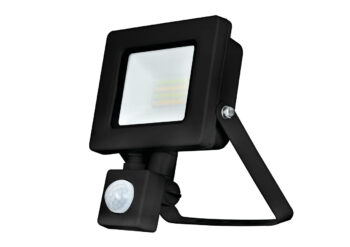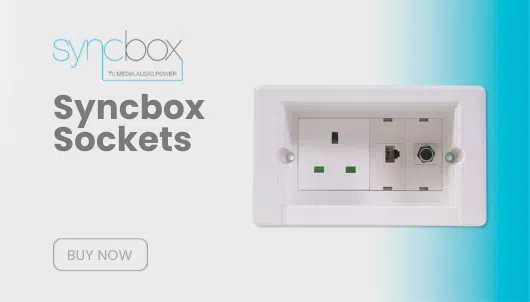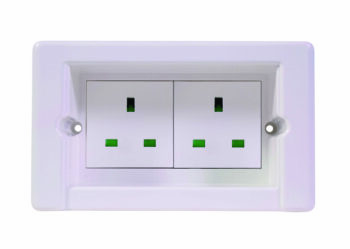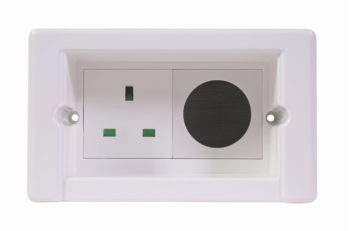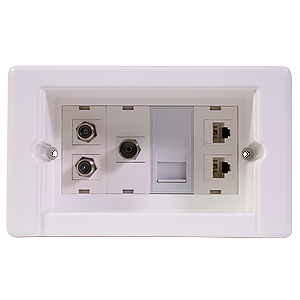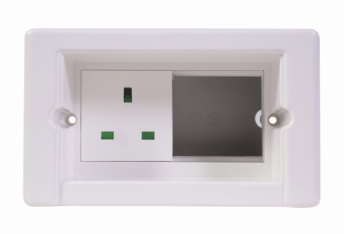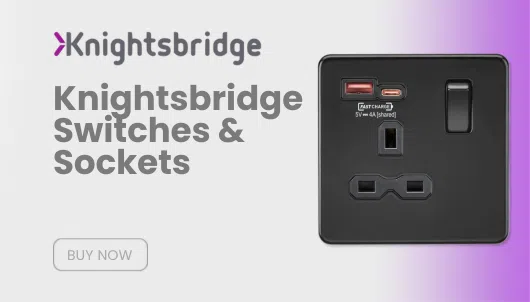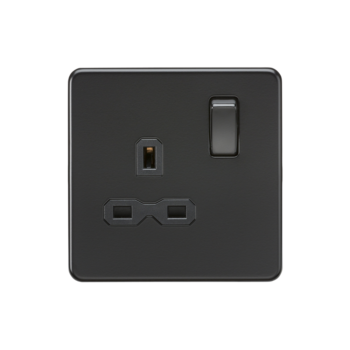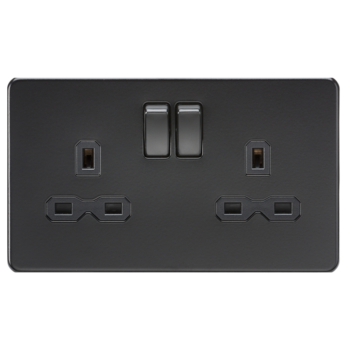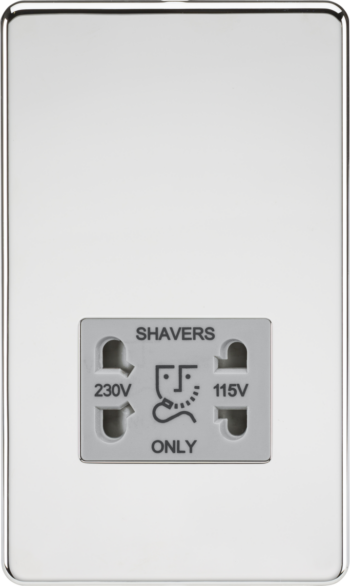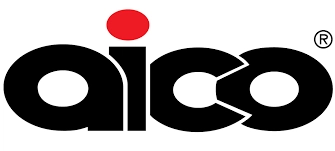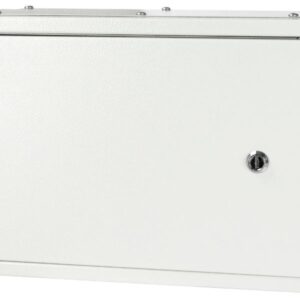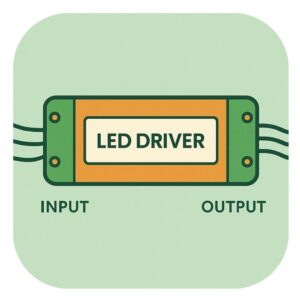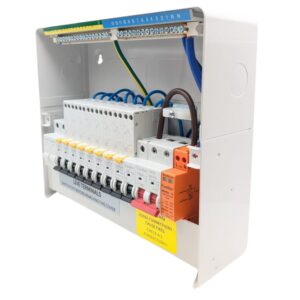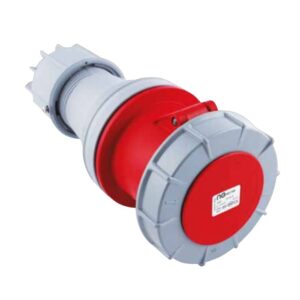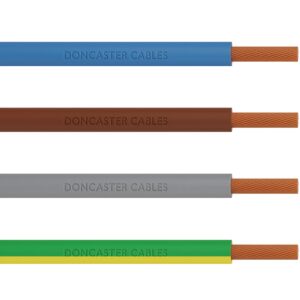The Future of Safe Electrical Management
In today’s rapidly evolving electrical landscape, safety and efficiency are paramount. As the world embraces renewable energy sources, technologies like the bidirectional RCBO (Residual Current Circuit Breaker with Overcurrent Protection) have emerged as essential components in modern electrical installations. This device not only protects your electrical circuits but also supports the growing demand for bidirectional energy flow, especially in systems involving solar panels and electric vehicles.
In this comprehensive guide, we will explore the intricacies of bidirectional RCBOs, their functionality, advantages, and why they are becoming indispensable in both residential and commercial applications. Whether you’re an electrician, a contractor, or a homeowner interested in enhancing your electrical system, this article will provide you with the insights you need.
Table of contents
- The Future of Safe Electrical Management
- 1. What is a Bidirectional RCBO?
- 2. Why is a Bidirectional RCBO Important?
- 3. How Does a Bidirectional RCBO Work?
- 4. Benefits of Using a Bidirectional RCBO
- 5. How to Choose the Right Bidirectional RCBO
- 6. Installation of Bidirectional RCBOs: A Step-by-Step Guide
- 7. Common Configurations of Bidirectional RCBOs
- 8. Regulatory Standards and Safety Considerations
- 9. Future Trends in Electrical Protection Devices
- 10. Conclusion: The Importance of Bidirectional RCBOs in Modern Installations
1. What is a Bidirectional RCBO?
A bidirectional RCBO is a sophisticated electrical device that combines the functions of a Residual Current Device (RCD) and a Miniature Circuit Breaker (MCB). Unlike traditional RCBOs, which only protect against faults in one direction, a bidirectional RCBO allows electricity to flow in both directions. This capability is particularly beneficial in systems that involve renewable energy sources, such as solar panels, or in applications where energy can be fed back into the grid.
Key Features of a Bidirectional RCBO:
- Overcurrent Protection: Just like an MCB, it protects against overloads and short circuits, ensuring your electrical system remains safe under heavy loads.
- Residual Current Protection: It detects any leakage currents that may indicate a fault, preventing electrical shocks and fires.
- Bidirectional Energy Flow: This unique feature allows for the safe integration of renewable energy sources, enabling the energy produced (for instance, from solar panels) to be used immediately or sent back to the grid.
2. Why is a Bidirectional RCBO Important?
As the demand for renewable energy sources increases, the need for efficient and safe energy management becomes essential. A bidirectional RCBO addresses these needs by providing a dual function of safety and versatility. But why exactly is this device gaining traction?
1. Enhanced Safety
With an increasing number of homes and businesses adopting renewable energy systems, the risk of electrical faults also rises. The bidirectional RCBO provides comprehensive protection by quickly disconnecting the circuit in case of an anomaly, thereby safeguarding both people and property.
2. Efficiency in Energy Management
Many homeowners and businesses are keen to optimize their energy usage. By allowing energy to flow back to the grid, a bidirectional RCBO not only enhances efficiency but can also lead to potential savings on electricity bills.
3. Compliance with Regulations
As energy regulations evolve, especially in the context of renewable energy, having a bidirectional RCBO can help ensure compliance with local and national electrical codes.
3. How Does a Bidirectional RCBO Work?
To understand how a bidirectional RCBO operates, let’s break down its main functions:
1. Overcurrent Protection
When the electrical current exceeds the device’s rated capacity—due to a short circuit or overload—the MCB component trips, cutting off the power supply. This prevents damage to your appliances and electrical systems.
2. Residual Current Protection
The RCD component continuously monitors the current flowing through the circuit. If it detects an imbalance, which could indicate a leakage (for example, if current is flowing through an unintended path, like a person), it rapidly disconnects the circuit, reducing the risk of electric shock.
3. Bidirectional Energy Flow
The design of a bidirectional RCBO allows it to handle energy flowing in both directions. This is crucial for setups with solar panels or battery storage systems. When your solar panels generate more energy than you consume, the excess can flow back into the grid. The bidirectional RCBO ensures this process is safe and compliant.
4. Benefits of Using a Bidirectional RCBO
Opting for a bidirectional RCBO in your electrical setup comes with several advantages:
1. Comprehensive Protection
It combines the protective features of both MCBs and RCDs, providing dual-layer protection against overloads and electrical faults.
2. Flexibility in Energy Use
By accommodating bidirectional energy flow, this device enables the integration of renewable energy systems, allowing homeowners to maximize their energy usage and even profit from energy exports.
3. Simplified Installations
With the functionalities of MCBs and RCDs combined, the need for multiple devices is reduced, simplifying your electrical installation and saving space in the consumer unit.
4. Improved Cost-Effectiveness
Investing in a bidirectional RCBO can lead to long-term savings. Not only does it prevent costly electrical damages, but it can also provide savings on energy bills through optimized usage.
5. How to Choose the Right Bidirectional RCBO
Selecting the appropriate bidirectional RCBO for your needs involves several considerations:
1. Determine the Required Ratings
Understanding the amperage and voltage ratings needed for your specific electrical setup is crucial. This will depend on the total load of devices you plan to connect.
2. Assess Your Circuit Configuration
Consider whether your electrical system requires a single-phase or three-phase unit. Most residential setups will use single-phase, while larger commercial installations may require three-phase systems.
3. Consider the Type of Residual Current
RCBOs can be classified based on their residual current ratings, such as Type AC (for alternating current) or Type A (for detecting pulsing DC residual currents). Depending on your specific application, choose the right type.
4. Brand Reputation
Opt for established brands like Fusebox and Live. These manufacturers are known for their reliable, high-quality products that comply with industry standards.
5. Consult an Expert
When in doubt, consult with an electrician or electrical engineer to ensure that your choice meets your needs and complies with local regulations.
6. Installation of Bidirectional RCBOs: A Step-by-Step Guide
Installing a bidirectional RCBO should be performed by a qualified electrician. However, understanding the process can help you appreciate its importance:
Step 1: Site Preparation
Before installation, ensure that the area is clean and accessible. The electrician will assess the existing electrical system and determine the best location for the new RCBO.
Step 2: Power Disconnection
For safety, the electrician will disconnect power to the consumer unit. This is crucial to prevent accidents during the installation process.
Step 3: Remove Existing Devices
If replacing an old device, the electrician will carefully remove it, ensuring that all wiring remains intact.
Step 4: Install the Bidirectional RCBO
The electrician will connect the wiring to the new RCBO according to the manufacturer’s instructions. Proper labeling of wires is critical for future reference and safety.
Step 5: Reconnect Power
Once the installation is complete, power will be restored, and the electrician will test the unit to ensure it is functioning correctly.
Step 6: Final Inspection
A final inspection will be conducted to verify compliance with safety regulations and standards. This step ensures that everything is in order and ready for use.
7. Common Configurations of Bidirectional RCBOs
Bidirectional RCBOs can be configured in various ways to suit different electrical setups. Here are some common configurations:
1. Single-Phase Configuration
Most residential applications utilize single-phase systems. A single-phase bidirectional RCBO is designed to manage typical home electrical loads efficiently.
2. Three-Phase Configuration
Commercial installations often require three-phase configurations. These systems can handle higher loads and provide more balanced power distribution.
3. Integrated with Solar Systems
Many bidirectional RCBOs are specifically designed to integrate with solar energy systems. They facilitate safe energy flow from the solar panels to the home and back to the grid.
4. Multi-Device Protection
In larger setups, multiple bidirectional RCBOs can be used to provide comprehensive protection for various circuits, enhancing overall safety and functionality.
8. Regulatory Standards and Safety Considerations
When dealing with electrical installations, understanding and adhering to regulations is essential. Here are key standards to keep in mind:
1. National Electrical Code (NEC)
In many regions, the NEC outlines safety standards for electrical installations, including the use of RCBOs. Ensure that your installation complies with these regulations to guarantee safety.
2. Local Building Codes
Always check your local building codes, as they may have specific requirements for electrical devices, including bidirectional RCBOs.
3. Manufacturer Guidelines
Refer to the manufacturer’s installation guidelines and specifications. Following these instructions will ensure the product is used safely and effectively.
9. Future Trends in Electrical Protection Devices
As technology continues to evolve, so does the landscape of electrical protection devices. Here are some trends to watch for regarding bidirectional RCBOs:
1. Smart Technology Integration
With the rise of smart homes, expect to see bidirectional RCBOs integrated with home automation systems, allowing for enhanced monitoring and control.
2. Increased Demand for Renewable Energy Solutions
As more households and businesses invest in renewable energy, the demand for bidirectional RCBOs will likely grow. These devices will become standard in homes equipped with solar panels and battery storage systems.
3. Advanced Safety Features
The development of new technologies will likely lead to RCBOs with improved fault detection and diagnostic capabilities, enhancing user safety and convenience.
4. Compact Designs
As space becomes a premium in modern homes and commercial buildings, manufacturers may focus on creating more compact and efficient designs for bidirectional RCBOs.
10. Conclusion: The Importance of Bidirectional RCBOs in Modern Installations
In an era where energy efficiency and safety are more important than ever, the bidirectional RCBO stands out as a crucial component in electrical systems. Its ability to provide comprehensive protection, facilitate renewable energy use, and simplify installations makes it an invaluable addition to any electrical setup.
Whether you’re considering upgrading your home’s electrical system or planning a new installation, incorporating a bidirectional RCBO is a step towards enhanced safety and efficiency. As brands like Fusebox and Live continue to innovate, these devices will play a pivotal role in shaping the future of energy management.
See our full range of Bidirectional RCBOs here!

